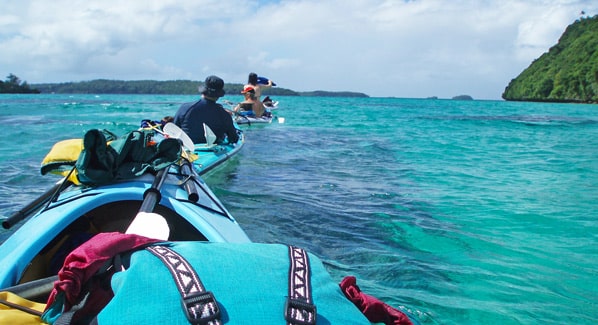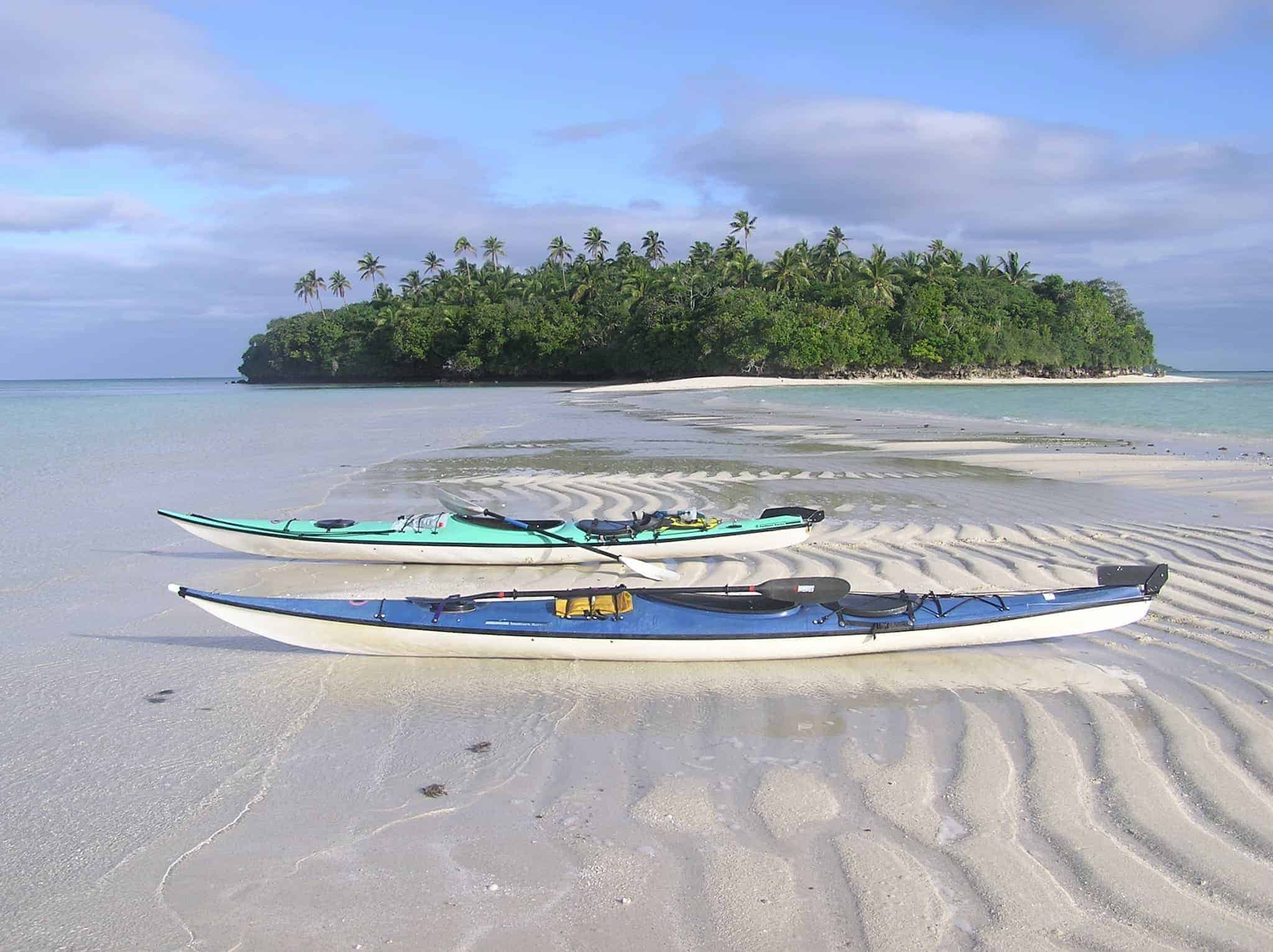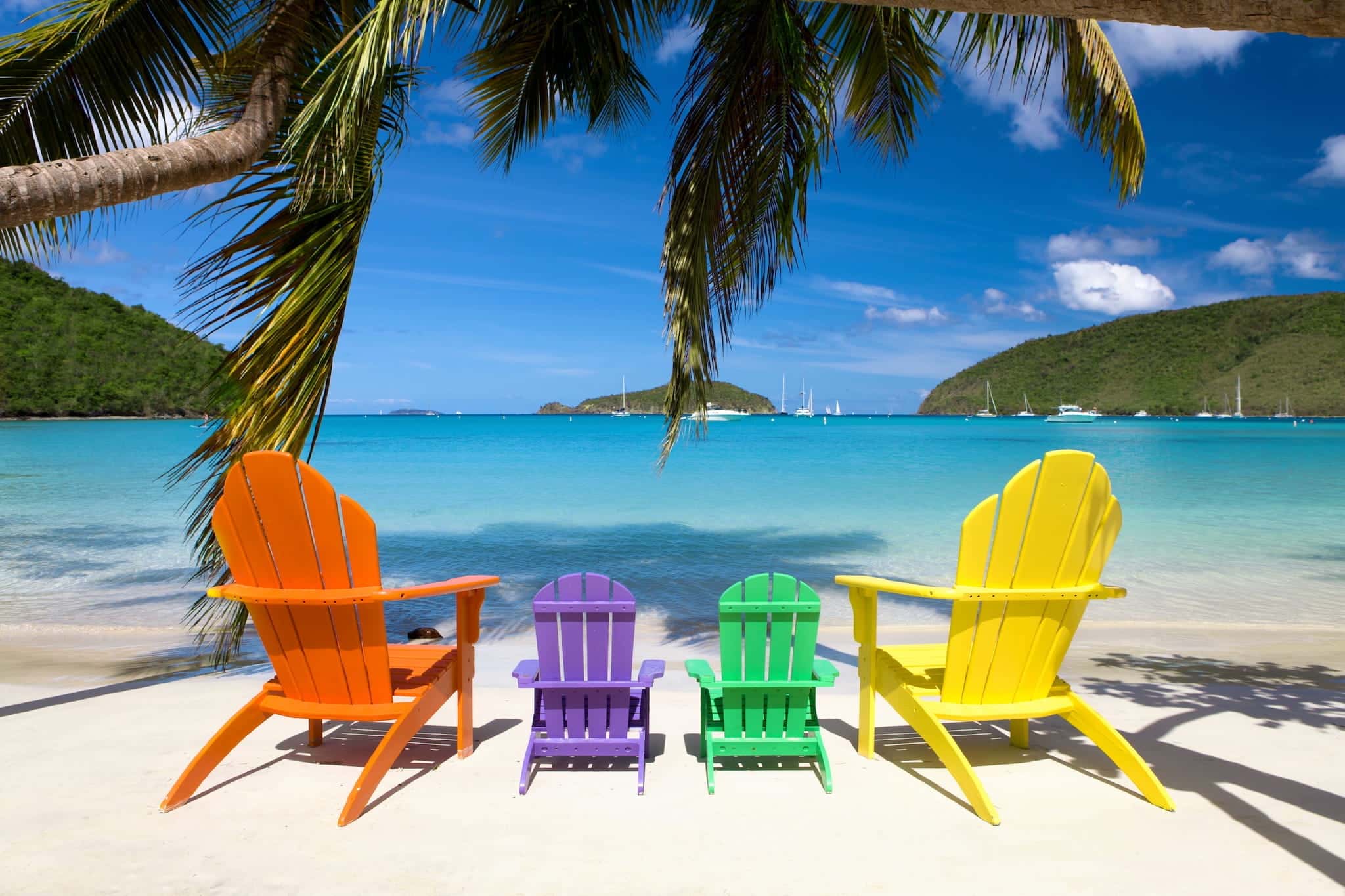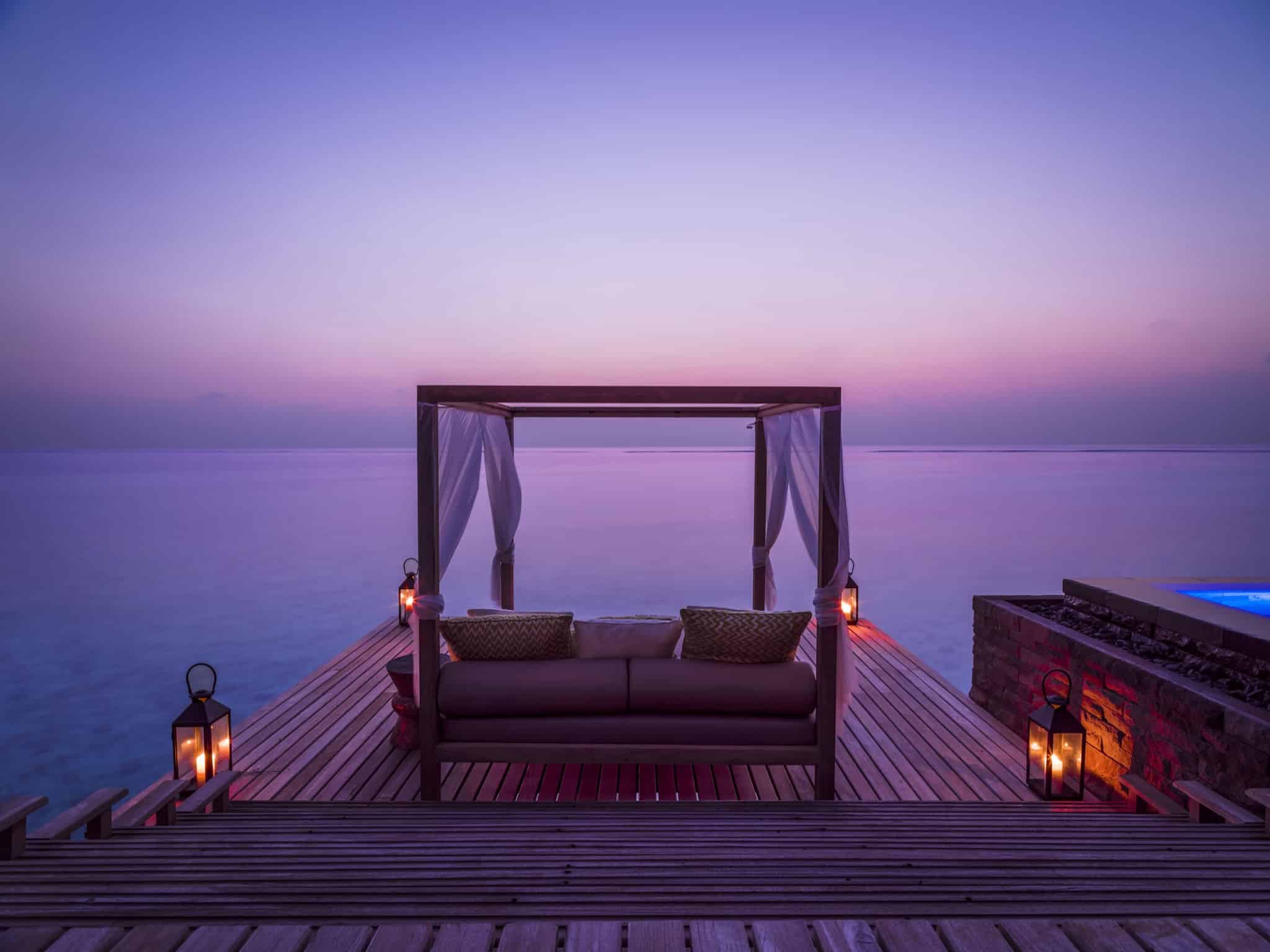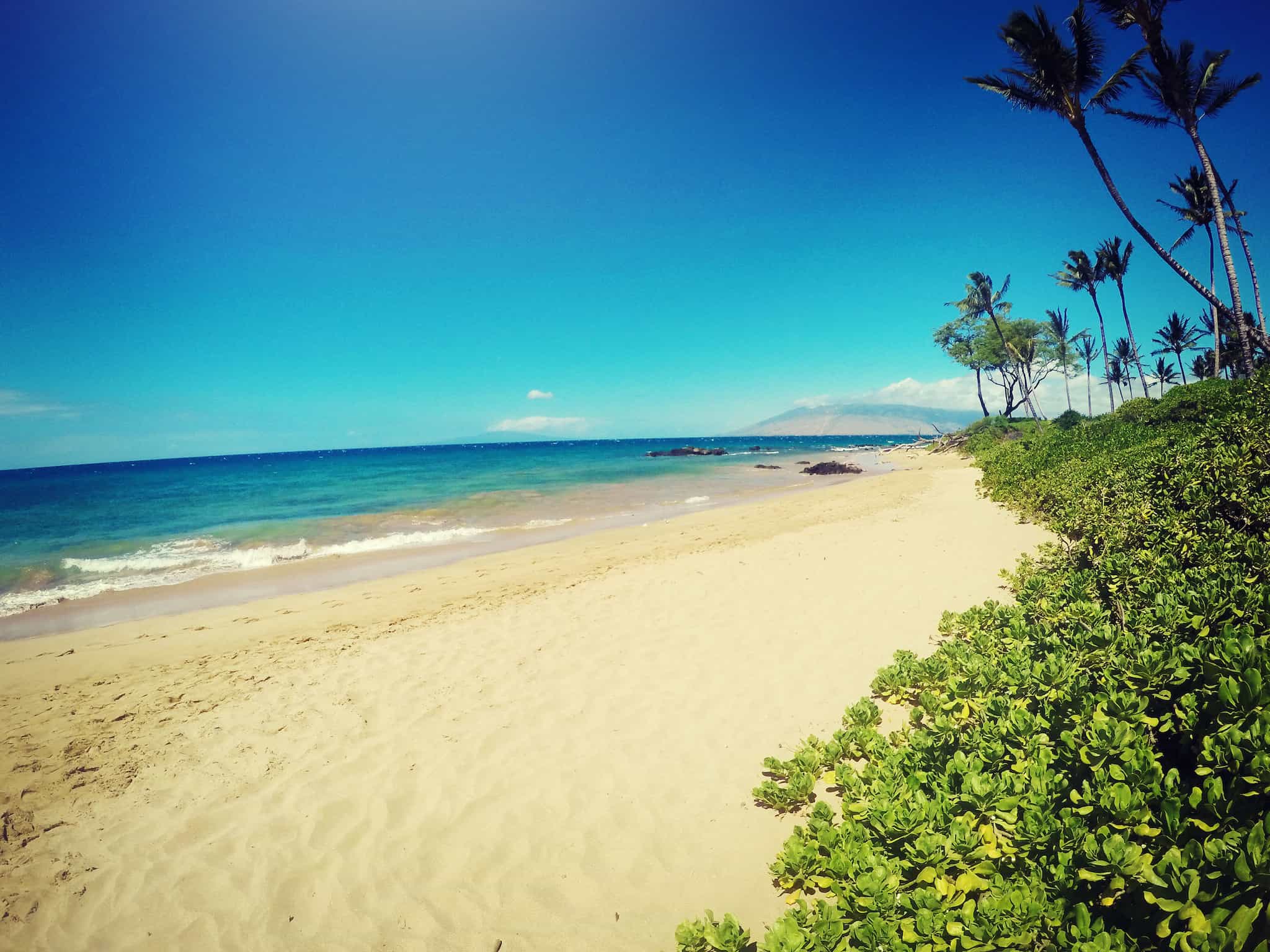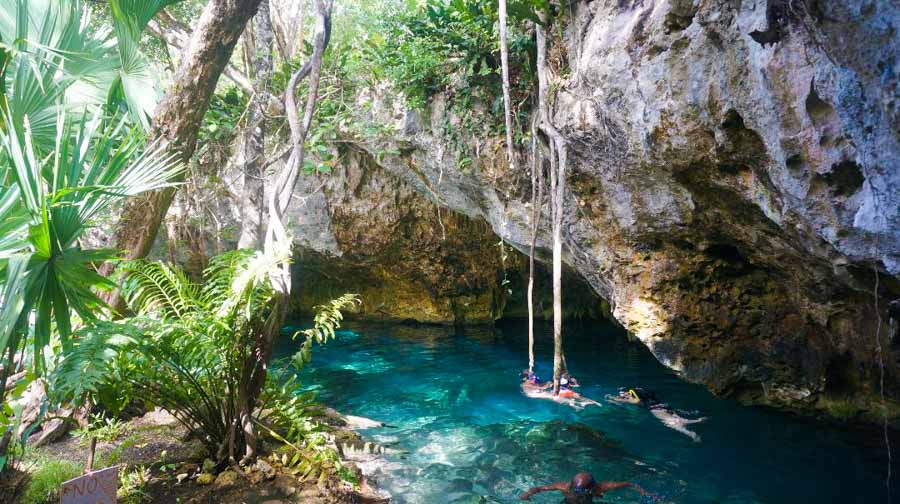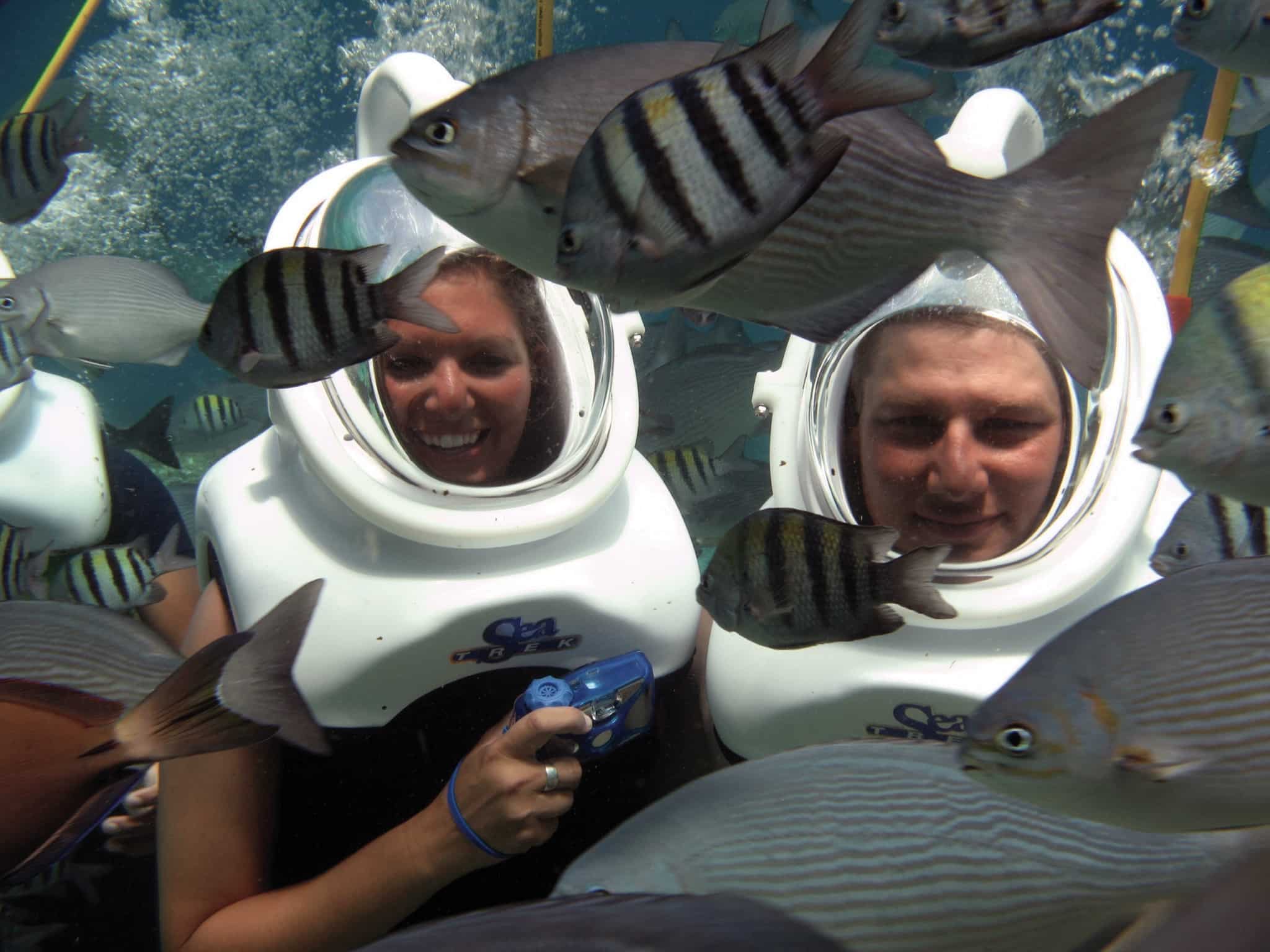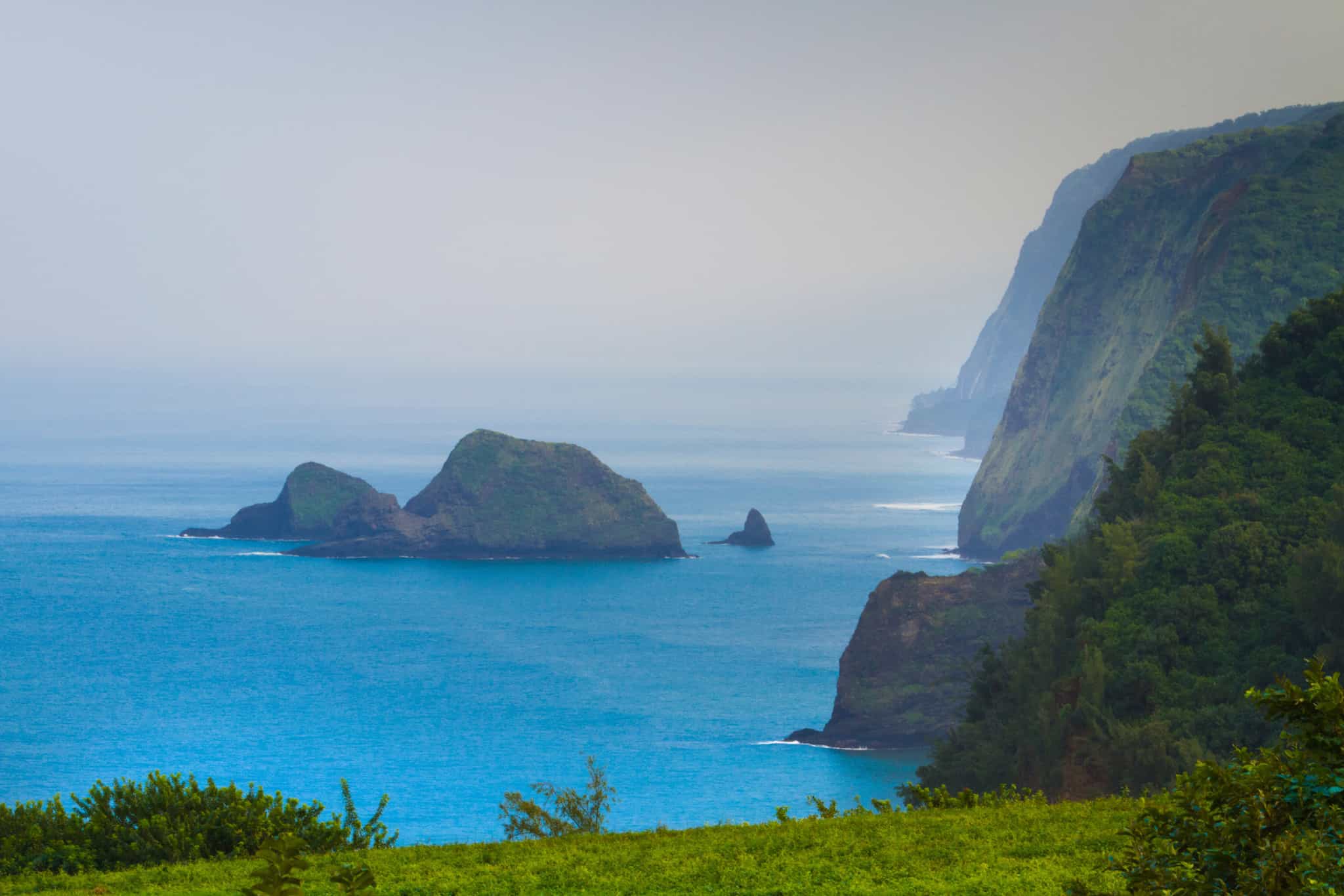There are a number of places around the world where you can observe whales from the deck of a tour boat. Far rarer are opportunities to paddle a kayak up close and personal to meet one of these magnificent marine mammals at eye level. And rarest of all are locations where these kayak encounters take place in warm tropical waters. Here are three places where paddlers and whales mingle.
Maui, Hawaii
The world’s number one destination for kayak whale encounters is the island of Maui. Each year, as many as 10,000 humpback whales travel south from the arctic to breed, birth and nurse newborns in Hawaiian waters. The greatest numbers of whales are often seen off the western shores of Maui, where calm seas and warm water prove a comfortable habitat for whales, and relaxing surface conditions for humans.
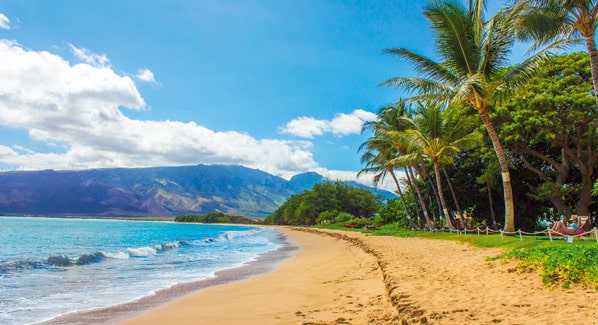
Whale watching tours are offered aboard all types of sail and powerboats, but also allowed within this whale sanctuary are more personal encounters aboard self-powered craft. Several outfitters lead guided kayak trips into the whale sanctuary, where encounters can begin less than a mile from shore. As is the case with tour boats, kayakers are not allowed to approach within 100 yards of whales. The whales are free to approach humans, and are much more likely to swim close to a small, silent kayak than they would a tour boat with engine idling. Whales visit Hawaiian waters from November to May, with February and March being prime time for almost guaranteed interactions.
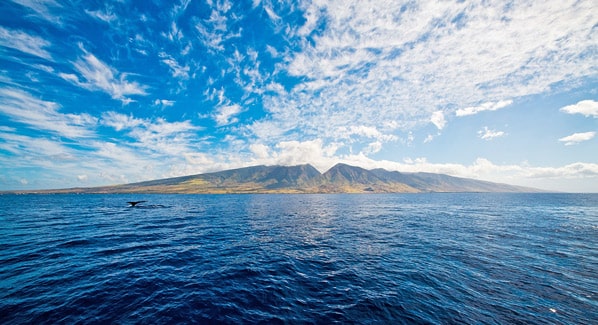
Loreto, Mexico
Some 200 miles north of the resorts of Cabo San Lucas, the historic port town of Loreto is the launching point for day trips and extended tours along the rugged coast of the Baja Peninsula. With dramatic cliffs, deserted islands and inviting blue waters, this is a bucket list paddling experience at any time of the year. Winter brings the added bonus of whales, which migrate along the coasts, and find shelter in the protected waters of the Loreto Bay National Marine Park.
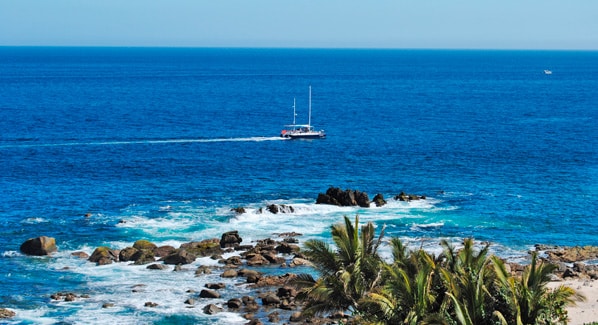
Gray whales are the most frequent visitors to these waters, but they are sometimes joined by the world’s largest animal, the blue whale. There’s always a chance of seeing a spouting whale on a day trip, but more popular are the multi-day paddling tours that transit the coast. These fully guided and supported excursions not only provide ongoing chances for whale sightings, but also bring dolphins and sea lions into the mix. Best of all, you don’t have to be a grizzled kayak veteran to participate, because many tours set a leisurely pace, and are shadowed by a support boat. At days end, paddlers stop at waterfront lodges or are treated to beachfront cookouts while guides do all the work of setting up a camp by the ocean.
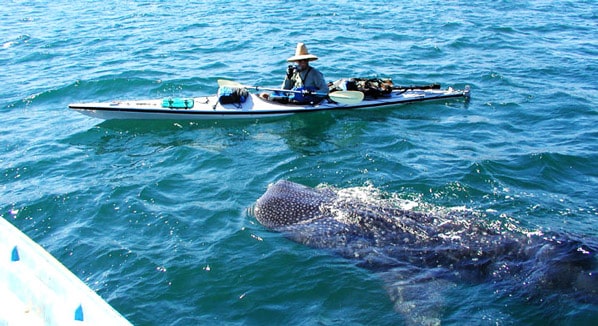
Vava’u, Tonga
The islands of Tonga are off the beaten path, but that doesn’t deter travelers who come from around the world for a once in a lifetime opportunity to swim with humpback whales in clear Pacific water. A majority of these encounters take place in the sheltered waters of the Vava’u Island group, which also happens to be a world-class kayaking destination.
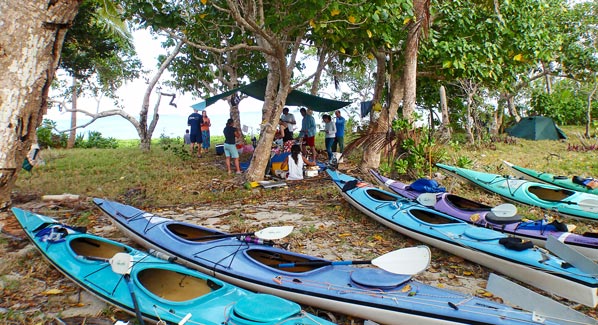
Paddlers sign up for island hopping itineraries that include snorkeling on coral reefs, camping on uninhabited islands, and visits to local villages. And in the months between July and October, there’s a good chance of seeing whales while paddling. This is Tonga’s dry season, when seas are calmest and temperatures are mild. Anyone making the trip should certainly sign up for a swimming encounter. Adding a kayak tour will increase the chances to see humpbacks in the wild, without the time limitations that are placed on in water encounters.
